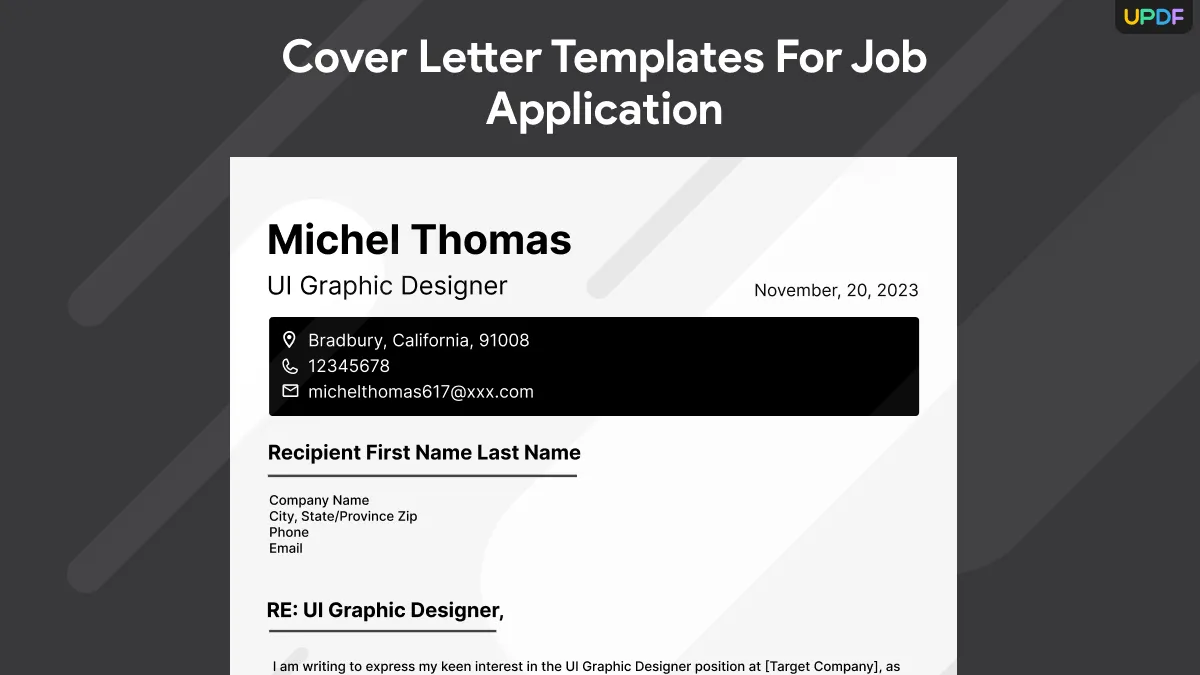What is an Employment Cover Letter Template
An employment cover letter template is a pre-formatted document designed to help job seekers create professional and effective cover letters quickly. These templates provide a structure and layout that can be customized with individual information, such as personal details, skills, and experience. By using a template, applicants can save time, ensure a professional appearance, and focus on crafting compelling content that highlights their qualifications for a specific job. Cover letter templates vary in style and format, allowing users to choose one that best fits their needs and the requirements of the job they’re applying for. They are essential tools in the job search process, streamlining the creation of a crucial document that introduces the candidate to potential employers.
Benefits of Using a Cover Letter Template
Using a cover letter template offers numerous advantages that streamline the job application process and increase the chances of a positive outcome. Templates are designed to ensure that the cover letter is well-structured, organized, and visually appealing. This professional presentation makes a positive first impression on hiring managers. They save time by providing a ready-made format that reduces the effort required to create a cover letter from scratch, and also helps to ensure consistency in branding across all job applications, making the candidate’s application package cohesive. Templates guide users on what information to include, ensuring that all critical details are covered, improving the quality of the applications.
Saving Time and Effort
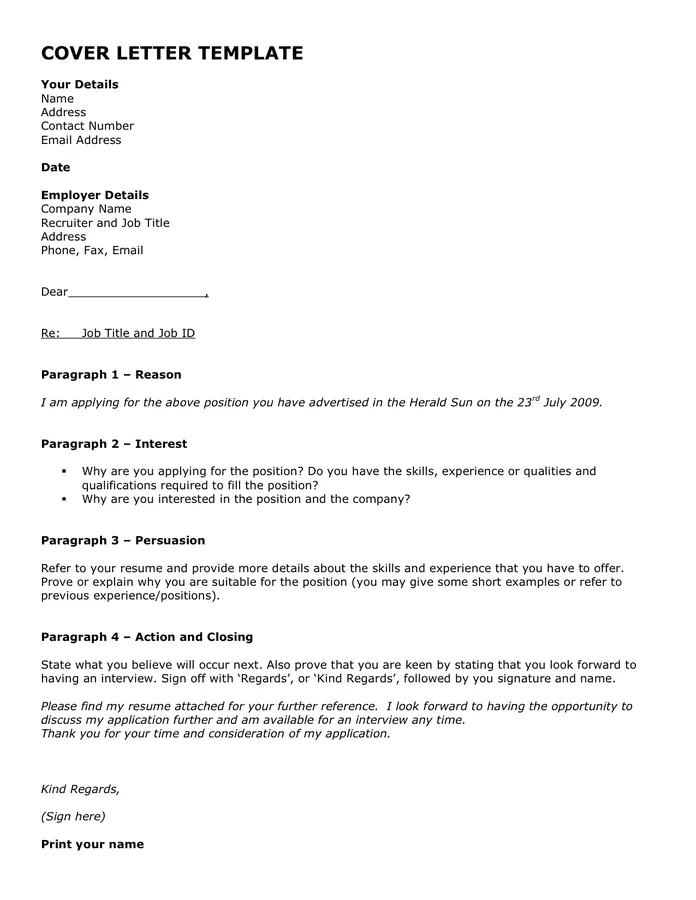
One of the primary benefits of using an employment cover letter template is the significant time and effort it saves during the job application process. Creating a cover letter from scratch can be a time-consuming task, requiring careful formatting, content creation, and revisions. Templates provide a pre-designed structure, eliminating the need to start from a blank page, saving the applicants precious time. This is particularly advantageous when applying for multiple jobs, as the template can be easily customized for each application. Templates offer pre-formatted layouts, which streamline the process and let job seekers focus on the most important aspect: crafting a personalized message that showcases their skills and experience.
Ensuring Professionalism
Cover letter templates are designed by professionals to ensure a polished and professional appearance. These templates are typically created with specific formatting guidelines to meet industry standards. Using a template ensures that the cover letter looks professional and reflects the candidate’s attention to detail. A well-designed cover letter immediately conveys professionalism, giving the applicant an edge over candidates who may not pay attention to the document’s presentation. Well-formatted templates enhance readability, making it easier for the hiring manager to quickly grasp the essential information.
Creating a Consistent Brand
A cover letter template assists in creating a consistent brand across all job applications. By using a template, candidates maintain a uniform look and feel in their applications. This consistency is not only visually appealing but also projects a professional image. This consistency reassures employers of the candidate’s attention to detail. It also helps establish a professional and organized brand, making a strong impression. The uniformity of the templates makes the candidate’s application package instantly recognizable, solidifying the overall brand message.
Choosing the Right Template for Your Needs
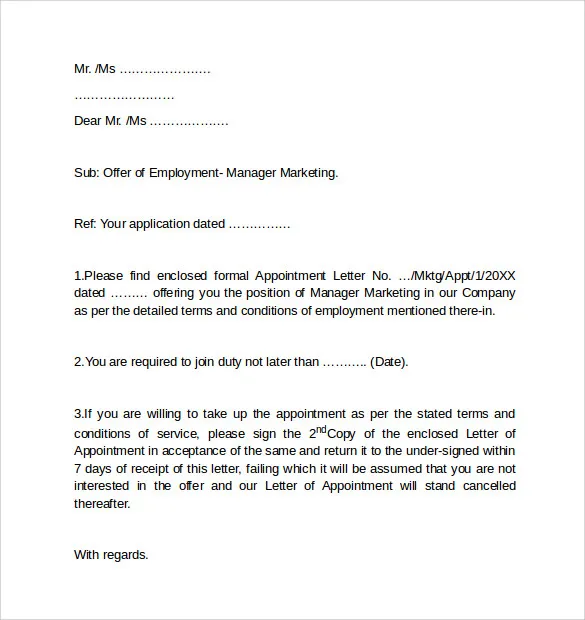
Selecting the appropriate cover letter template is crucial for effectively showcasing your qualifications and matching the job requirements. Consider the specific role you’re applying for and choose a template that aligns with the industry standards and company culture. A template that is well-structured and easily customizable will allow you to highlight your skills and accomplishments in the most impactful way. Assess the layout and format of the template, ensuring it is easy to read and visually appealing. A well-chosen template should make it simple for you to tailor the content to the job requirements, reflecting your unique abilities.
Types of Cover Letter Templates
Different types of cover letter templates cater to various needs and application scenarios. Each template type is structured differently to emphasize different aspects of the applicant’s profile, therefore it is very important to select the correct one. Whether you are a seasoned professional or a recent graduate, knowing the various options available will enable you to select the most effective template for your job application. Choosing the right template helps you to put your best foot forward, showcasing your unique skills and experiences and giving you an edge over other candidates.
Chronological Cover Letter Template
The chronological cover letter template emphasizes a candidate’s work history, making it ideal for those with a consistent career path. This template highlights previous jobs and career achievements in reverse chronological order. This format clearly shows the candidate’s career progression. This template is most effective when the applicant has a solid work history and wants to demonstrate their steady career growth. It allows the hiring manager to readily see the candidate’s career progression and the accumulation of experience over time.
Functional Cover Letter Template
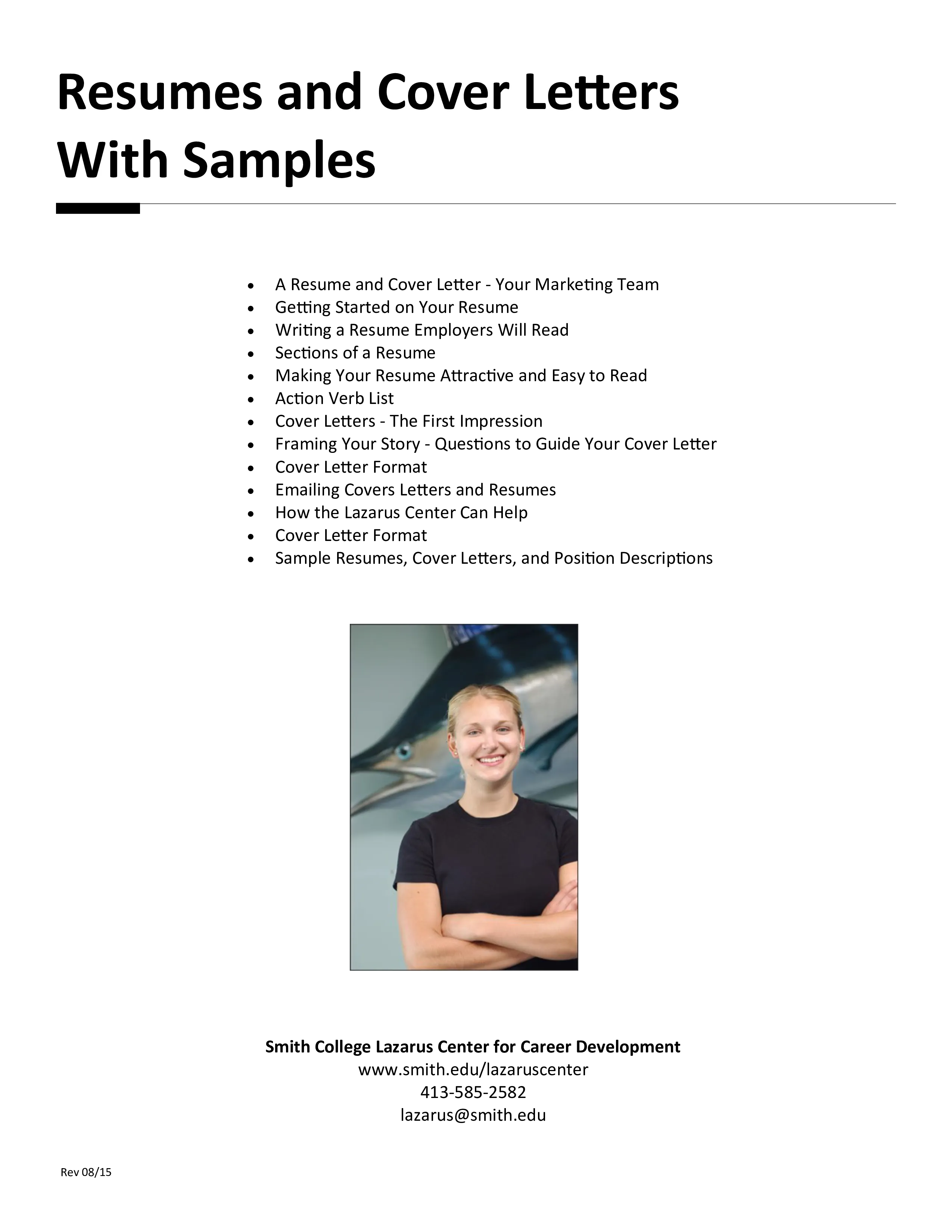
A functional cover letter template focuses on skills and abilities rather than work history, which is advantageous for candidates with limited work experience. This template is structured to emphasize transferable skills, making it very useful for career changers, recent graduates, or those with gaps in their employment. It allows candidates to present their skills and qualifications effectively, even if their work history is not conventional. By highlighting the abilities and achievements, this template assists candidates in making a strong impression regardless of their work history, emphasizing what they can do rather than where they’ve worked.
Combination Cover Letter Template
A combination cover letter template merges elements of both chronological and functional formats, providing a balanced view of skills and work history. This template is excellent for highlighting a candidate’s experience while also showcasing key skills. The combination template presents a holistic view, allowing candidates to display both their skills and experience. This type of template is particularly suitable for candidates who want to show a clear link between their skills and their previous roles. By highlighting both qualifications and professional experience, candidates can make a persuasive case for their suitability for the job.
Key Elements of an Effective Cover Letter
A well-crafted cover letter includes several essential elements that work together to capture the hiring manager’s attention and showcase the applicant’s suitability for the role. Each component serves a specific purpose, helping to build a clear and convincing narrative that demonstrates the applicant’s qualifications, interests, and value proposition. Focusing on these essential elements will make your cover letter more effective, significantly improving your job application.
Your Contact Information and the Date
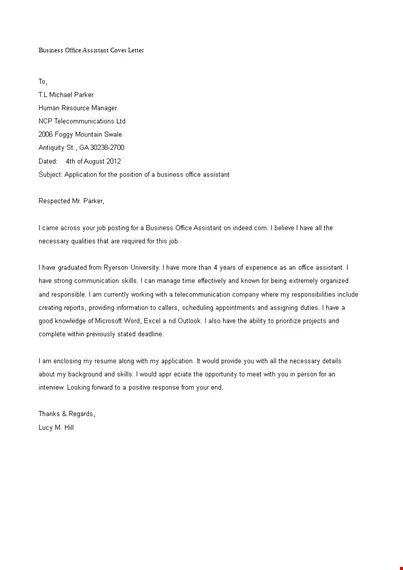
Begin your cover letter with your contact information at the top, including your name, phone number, email address, and, optionally, your LinkedIn profile URL. Following your contact information, include the date. This allows the employer to easily contact you if they are interested. Ensure your contact details are accurate and up-to-date. Including a date helps establish the letter’s recency and provides a clear reference point for future correspondence. This step ensures a professional start to your job application and provides all the information the hiring manager needs to reach you.
The Hiring Manager’s Information
When possible, address the hiring manager by name. If you cannot find the hiring manager’s name, use a professional greeting like “Dear Hiring Manager” or “Dear [Company Name] Team.” The hiring manager’s contact information should include their name, title, and the company’s address, helping to personalize the letter and making a positive first impression. Personalizing the letter shows that the applicant has done their research and is genuinely interested in the position. A personalized greeting creates a more personal and engaging introduction. Always double-check the spelling of the hiring manager’s name and title to show attention to detail.
A Compelling Opening Statement
Your opening statement should immediately grab the hiring manager’s attention and clearly state the purpose of your letter. Indicate the specific position you are applying for and how you found it. Briefly mention your key qualifications and how they align with the job requirements. Make a strong first impression and create a strong hook. The opening statement should be concise, direct, and highlight your genuine interest in the role and the company. A compelling opening statement sets the tone for the rest of your cover letter, piquing the hiring manager’s interest and motivating them to continue reading.
Highlighting Your Skills and Experience

The main body of your cover letter should highlight your relevant skills and experiences, demonstrating how your qualifications match the job’s requirements. Provide specific examples that showcase your achievements and quantify your accomplishments whenever possible. Tailor your content to align with the job description, using keywords from the job posting to show that you are an ideal candidate. Avoid simply restating your resume; instead, provide context and explain how your skills translate into value for the company. By focusing on key skills and accomplishments, you will make it easier for the hiring manager to understand your qualifications and why you’re a great fit.
Demonstrating Your Value
In your cover letter, clearly articulate the value you can bring to the company. Emphasize your contributions, skills, and how you can solve problems or help the company achieve its goals. Explain how your skills will benefit the company and provide specific examples of your past achievements. Explain how you can improve efficiency, increase revenue, or contribute to the company’s success. Align your values with the company’s mission and culture. When you clearly communicate your value, you will show the hiring manager why they should hire you.
Expressing Your Enthusiasm for the Role
Show your genuine enthusiasm for the position and the company in your cover letter. Express your interest in the job and the company’s mission and culture. Describe what attracts you to the role and why you are excited about the opportunity. Demonstrate your knowledge of the company and what excites you about working there. Highlighting your interest will show the hiring manager your passion for the role. Your enthusiasm will make you stand out and help the hiring manager see you as a motivated, engaged candidate.
A Strong Closing and Call to Action
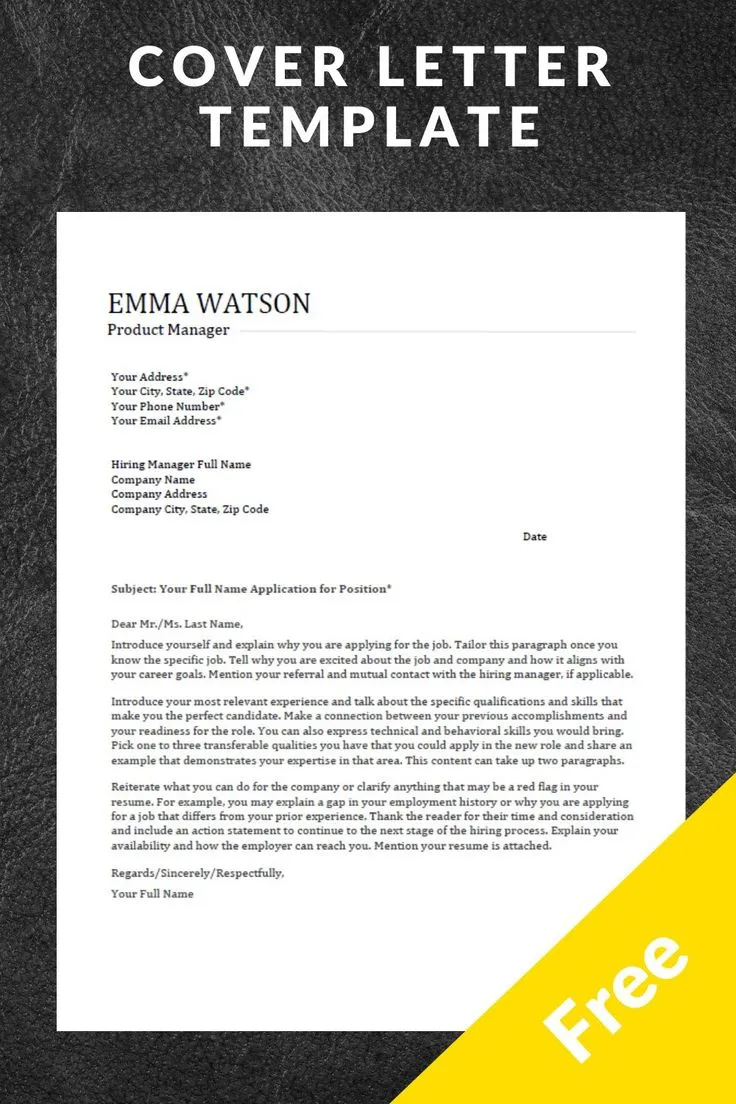
End your cover letter with a strong closing statement and a clear call to action. Reiterate your interest in the role and express your anticipation for the opportunity to discuss your qualifications further. Thank the hiring manager for their time and consideration. Include a call to action, such as requesting an interview or offering to provide more information. This helps you to show your professionalism and to guide the hiring manager to the next step in the hiring process. A strong closing statement reinforces your enthusiasm and increases the chance of a positive outcome.
Step-by-Step Guide to Customizing Your Template
Customizing your cover letter template involves several key steps to ensure that your application is personalized and effectively showcases your skills and experience. By carefully adapting the template to align with the job description and your own qualifications, you can significantly increase your chances of making a positive impression on potential employers. These steps provide a clear framework for customizing your cover letter, from entering personal information to tailoring the content to a specific job.
Personalizing the Template with Your Details
The initial step in customizing your cover letter template is to personalize it with your personal details. Start by entering your contact information, including your name, address, phone number, and email address, at the top of the document. Then, replace the placeholder information with your own data. Proofread carefully to avoid errors and ensure accuracy, and add your LinkedIn profile URL if you have one. Personalizing your cover letter with your details provides the employer with all the necessary ways to contact you. By ensuring the accuracy of your information, you are putting your best foot forward, and increasing the chances for a successful outcome.
Tailoring the Template to the Specific Job
Tailoring your cover letter to the specific job requirements is essential for demonstrating your qualifications and showing your interest in the role. Carefully review the job description and identify the key skills, experience, and qualifications the employer is seeking. Modify the content of your cover letter to align with the job description, using the same keywords and phrases. Provide specific examples that highlight how your skills and experiences align with the job requirements. By tailoring your letter, you show your careful attention to detail and improve your chances of being selected for an interview. This process enhances the relevance and impact of your cover letter, making it more effective.
Formatting and Proofreading Your Cover Letter
Formatting and proofreading your cover letter are critical steps in creating a professional and polished document. Correct formatting and careful proofreading improve the letter’s appearance. It also ensures it’s easy to read and understand, leaving a strong positive impression on the hiring manager. Following formatting guidelines ensures your cover letter is well-organized and visually appealing, making it easier for the reader to absorb the information. Thorough proofreading will eliminate errors and enhance your credibility.
Formatting Tips
To make your cover letter visually appealing and easy to read, follow a few formatting tips. Use a standard font like Times New Roman or Arial, size 11 or 12. Ensure proper spacing and use 1-inch margins. Use a professional layout, with clear headings, concise paragraphs, and bullet points to highlight key information. Break up large blocks of text to maintain readability. The consistent formatting gives the letter a clean, uncluttered appearance. Following these guidelines will improve the cover letter’s look and make it easier for the hiring manager to read the information.
Proofreading Checklist
Before submitting your cover letter, it’s crucial to proofread it thoroughly to eliminate any errors. Check for spelling mistakes, grammatical errors, and punctuation errors. Verify the accuracy of all names, titles, and contact information. Ensure the letter is clear and concise, and read it aloud to check the flow and clarity of your writing. Use spell check and grammar check tools, but do not rely on them completely, as these tools may miss certain errors. Careful proofreading guarantees your cover letter is accurate, professional, and error-free, increasing your chances of making a positive impression.
Resources for Cover Letter Templates
There are numerous resources available for finding cover letter templates, offering a range of options to suit different needs. These resources provide templates that are pre-formatted and designed to meet industry standards, and also provide guidance to help you create effective cover letters. Leveraging these resources can save time and ensure your cover letter is professional and well-structured.
Where to Find Free Templates
Numerous websites offer free cover letter templates that are easy to access and use. Websites like Microsoft, Google Docs, and other career-related sites often provide free templates. When choosing a free template, consider the format, design, and customization options available. Ensure the template is suitable for the job you are applying for and aligns with your personal brand. Always tailor the template to fit the specific job description and company culture.
Paid Template Options
For candidates seeking more sophisticated and customizable options, paid cover letter templates offer additional features and designs. Premium templates often have more design options, advanced formatting, and features that can help you stand out. Many premium templates are also created by professional designers and career experts. These templates typically include more support and customization options. If you are seeking a polished and customized application, investing in a paid template can be a good choice.
Maximizing the Impact of Your Cover Letter
To maximize the impact of your cover letter, it’s important to go beyond just filling in a template. Tailor your letter to each specific job, highlighting your skills and experience in ways that resonate with the employer. Show genuine enthusiasm for the role and the company. Use a strong opening and a compelling call to action. By personalizing your cover letter and creating a tailored application, you significantly increase your chances of success.
Common Mistakes to Avoid
To increase your chances of a successful job application, it is important to be aware of the common mistakes. Avoid generic cover letters, as these do not capture the hiring manager’s attention. Proofread your work carefully, making sure your letter is free of spelling and grammar mistakes. Avoid simply repeating your resume; instead, use your cover letter to provide context and discuss your qualifications. By avoiding these errors, you’ll increase your chances of a good impression.
Frequently Asked Questions about Cover Letter Templates
Here are answers to some common questions about cover letter templates, to help you use them effectively. Knowing the answers to common questions can help you make the most of your template, and boost your job application. These questions cover essential topics, from tailoring the content to selecting the appropriate format and ensuring that the template meets the needs of your job search.
Can I use the same cover letter template for every job?
While a template can provide a great starting point, you should always tailor your cover letter to match the specific requirements of each job. Customize your content to highlight your most relevant skills and experiences for each position. This will show the employer that you have carefully considered the role and are genuinely interested in it.
Are free templates as effective as paid ones?
Free templates can be very effective, especially if they are well-designed and customizable. Paid templates often offer more advanced features and designs, but the effectiveness of the template depends on how well it is customized to meet the job’s requirements. Use both the paid and free templates carefully to showcase your skills.
How long should my cover letter be?
Your cover letter should be concise and to the point, ideally no longer than one page. Aim for a length that allows you to highlight your most relevant skills and experiences without overwhelming the hiring manager with unnecessary detail. Focus on presenting your qualifications effectively, while being mindful of the hiring manager’s time.
What should I include in my cover letter?
Your cover letter should introduce you to the hiring manager, stating the position you are applying for. Briefly highlight your relevant skills and experience, and express your enthusiasm for the role and the company. Show your value to the employer, and end with a call to action, such as requesting an interview. Always tailor your cover letter to the specific requirements of the job.
How do I make my cover letter stand out?
To make your cover letter stand out, start by tailoring it to the job description. Highlight your key skills and achievements with specific examples, and showcase your enthusiasm for the role and the company. Make sure to use clear and concise language, and also ensure your letter is error-free. A personalized, well-written cover letter makes a positive impression.
In conclusion, a well-crafted cover letter, based on a reliable template, is a vital tool in any job search. Knowing how to use it effectively, ensures that you leave a lasting impression.
